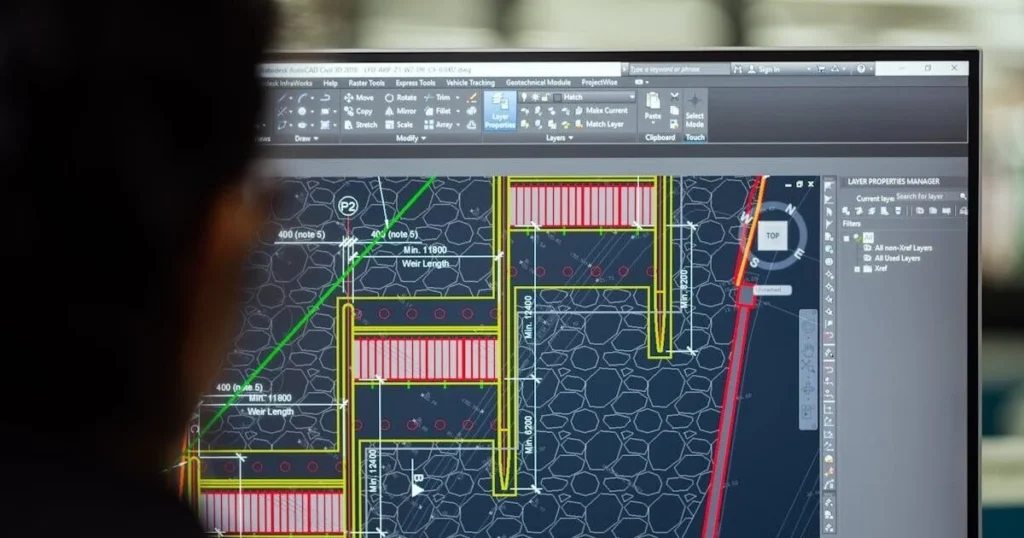
Introduction: Why Cost Estimating Matters More Than Ever
In 2025, a construction cost estimator is no longer just someone good with spreadsheets. They play a key role in managing project risk, ensuring financial control, and advising on early design and Cost Planning decisions. With material prices still unpredictable and labour costs climbing, precise Cost Estimation Services are essential for contractors, developers, and homeowners to avoid budget overruns.
As projects grow more complex—with tighter approvals and a push for low-carbon structures—the pressure on estimators to get it right the first time is greater than ever. The financial success of a build now depends heavily on the front-end estimate and the strength of your Quantity Surveying Services.
What’s Driving Cost Estimation in 2025?
Several macro trends are shaping the role of estimators this year. Let’s break down the key cost drivers:
- Inflation: Construction inflation in the UK remains between 4.2% and 5.1%, depending on sector. Non-residential builds are seeing slightly higher increases, while housing projects are facing land price spikes.
- Labour shortages: Skilled trades are in short supply. Labour costs have risen by up to 18% since 2022, particularly in plumbing, roofing, and finishing trades. Day rates are up across most of England and Wales.
- Material volatility: Steel, timber, insulation, and copper prices fluctuate with global supply chains, energy markets, and tariffs. Estimators must stay nimble and update assumptions frequently.
In addition, site-specific factors like access, waste management requirements, and environmental planning obligations are impacting project feasibility and pricing accuracy. A static spreadsheet simply can’t handle that level of complexity.
Types of Construction Cost Estimators
Different project types demand different estimating skill sets. In 2025, estimators fall into a few key categories:
- Home construction estimator: Works with private homeowners, architects, or self-builders. Typically focuses on per square foot pricing, finishes, and MEP packages. They often provide price comparisons for cladding, windows, and roof types.
- Construction job estimator: Often embedded in general contractor teams. Responsible for quoting new bids, managing subcontractor pricing, and formatting estimates for proposals.
- Contractor cost estimator: Specialises in trade-specific takeoffs—plastering, roofing, concrete—and produces fast, competitive figures based on project plans.
Estimators are also working more closely with business development teams and procurement managers to ensure bids are commercially viable—not just technically accurate. Their input now impacts contract negotiation and project acquisition strategy.
Using a Construction Cost Estimator Tool: Essential in 2025
With more complexity and less margin for error, most professionals now rely on dedicated cost estimating software. Popular platforms include:
- CostX: Powerful for 2D/3D takeoffs, used widely across UK commercial and public sectors.
- Houzz Pro: Ideal for builders offering homeowner quotes, with CRM integration.
- Buildxact & Clear Estimates: Useful for residential GCs managing multiple quotes and quick turnaround jobs.
Each tool helps create structured estimates with itemized pricing, trade summaries, and adjustments for local rates. A strong construction estimate format includes labour, materials, subcontractor margins, preliminaries, and a transparent markup.
Estimating software also allows for version control, cost benchmarking, and fast revision workflows—key features when plans change mid-process. It’s not uncommon for estimators to iterate 5–7 versions of a bid before final sign-off.
Challenges Estimators Face in 2025
Estimators today don’t just face technical hurdles—they also battle miscommunication, scope gaps, and late design changes. Here are the most common issues in the field:
- Scope creep: Designs often change after quoting, but budgets don’t. Estimators are forced to revise under pressure.
- Manual data entry: Leads to errors and version control issues without cloud-based solutions.
- Unrealistic client expectations: Estimators are often pressured to reduce costs to win projects, which increases risk later.
To overcome these, companies are pairing estimators with project managers early in the planning phase. Having estimators attend design meetings and site visits helps bridge the gap between vision and execution. Transparency and team alignment are critical.
Cost Estimation for Building Construction: Key Components
Whether for a school, warehouse, or home, every cost estimation for building construction involves the same five steps:
- Review project drawings and specs
- Perform quantity takeoffs
- Apply local unit rates
- Factor in preliminaries, overheads, and contingencies
- Prepare formatted client-ready estimate or quotation
Today’s estimators must also include allowances for sustainable options (solar, rainwater harvesting, insulation upgrades) and track multiple spec levels to offer flexible pricing. For example, they may produce three estimates at once: standard, mid-spec, and high-spec—tailored to different budget levels.
Transitioning to Value-Based Estimating
One of the biggest shifts in 2025 is the move toward value-based estimating. Instead of just quoting line items, estimators are advising clients on where to cut costs smartly and where to invest. For instance:
- Swapping imported tile for local stone
- Consolidating trades to minimize site setup duplication
- Recommending prefab panels to speed timelines
By 2026, it’s expected that 50% of tenders in the UK will include a value engineering addendum or advisory note. The construction cost estimator’s role is becoming more consultative and strategic than ever.
This trend is particularly strong in public sector frameworks and design-build contracts, where clients demand best value—not just lowest price. Estimators are now helping shape procurement strategy, not just respond to it.
Conclusion: Accurate Estimating Is Strategic in 2025
From inflation to digital transformation, the role of the construction cost estimator has expanded in 2025. What was once a back-office function is now front and centre in every major build. Estimators are key contributors to risk mitigation, profitability, and client trust.
If you want to get started with accurate, up-to-date pricing for your upcoming project, try our free construction cost estimator or talk to our team for custom estimating services tailored to your sector, location, and timeline.
Explore our estimating and QS services | Contact our construction consultants